Bit Basics
- Posted on
- By Happy Horse Tack Shop
- 0
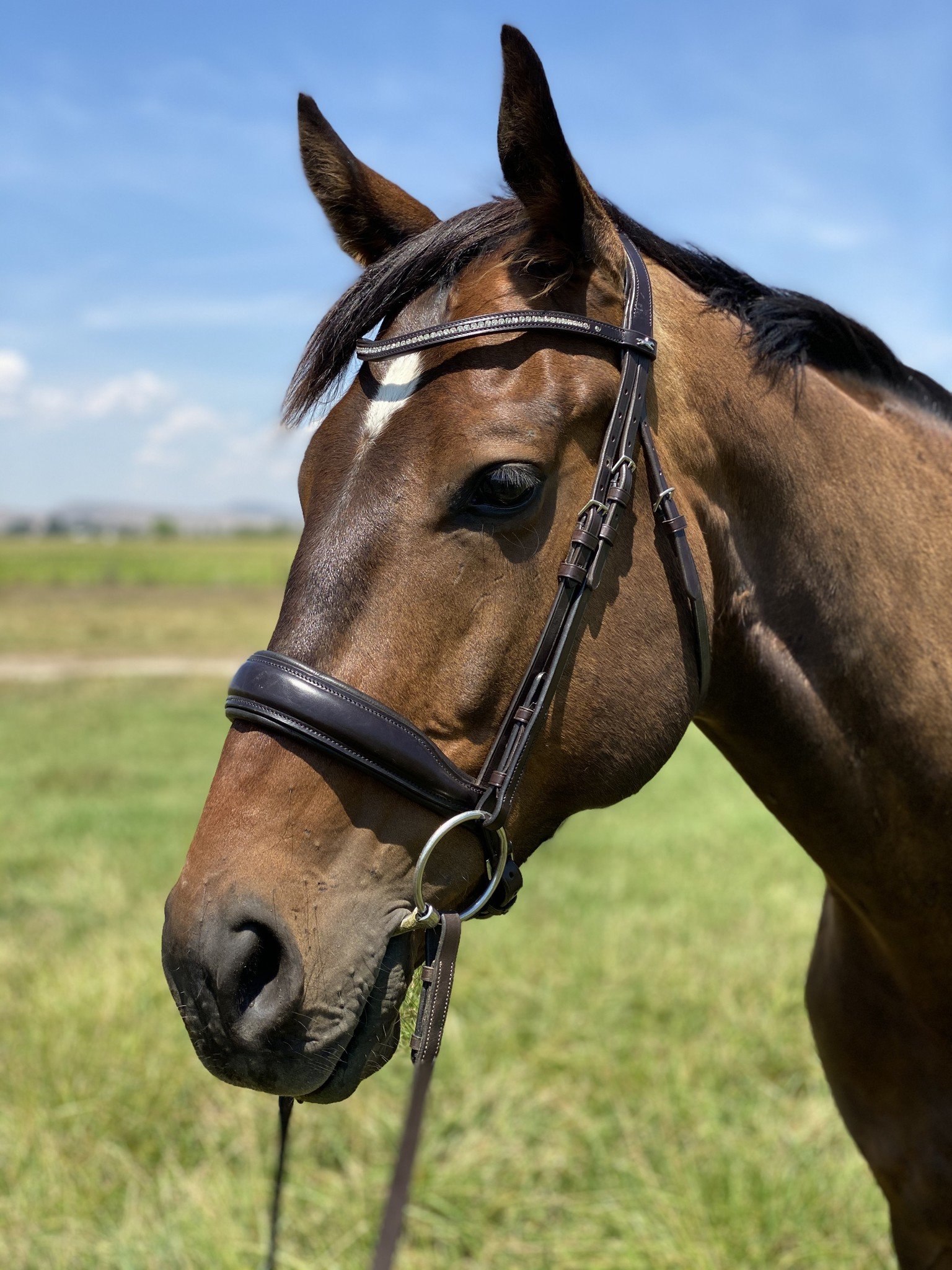
Bits can be a scary topic to approach since there are so many different kinds and they all work differently to get different results. When changing bits, or finding the proper bit for a new horse, we highly recommend working with your trainer to find a bit that is a good fit for you and your horse. If you are horse showing you will also want to be careful about which bits are legal in which disciplines and with what organizations, which hopefully your trainer can also help with. However, we are happy to walk you through the basics of different bits and how they work to give you a good place to start.
How does a bit work?:
A bit should not actually control your horse, but be a tool to communicate your wishes to the horse. A bit applies pressure to the bars of a horse's mouth, which are made of sensitive cartilage, and the horse’s tongue. The horse can feel pressure communicated through the reins to the bit and instinctively moves away from that pressure, which moves them in the direction the rider wants.
How to properly fit a bit:
A properly fitted bit should be slightly larger than the horse's mouth without pinching the horse's lips. You should be able to squeeze a finger between your horse's lips and the bit (about ¼ of an inch). The bit should lay across the bars of the horse's jaw, the toothless space between the molars and incisors. If a bit is too large it can move back and forth in the horse's mouth, possibly causing tooth damage, and not working properly. If the bit is too small it can pinch and rub the horse's mouth causing discomfort.
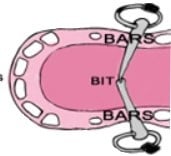
How to measure a bit:
If you already have a bit for your horse, lay the bit out on a flat surface and pull the rings to stretch it to its maximum length. Then measure from the inside of the ring to the opposite inside of the ring and you will get your width. If you do not currently have a bit, you can use a piece of string or twine to lay across your horse's mouth and measure to get the correct size. Pony bits are usually 3 ½ - 4 ½ inches. Horse size bits are generally 5 - 6 inches. Bit sizes go up by quarter inches. Some companies may measure in cm.
Parts of a bit:
Bits are made up of two main parts; the cheek or ring and the mouthpiece. The cheek pieces are where the bridle and reins attach to the bit. The mouthpiece is the part that goes inside the horse's mouth.
What the different rings do:
There are two main classes of bits; snaffle bits and curb bits. A snaffle bit has one attachment area that connects both the reins and the bridle to the bit. A curb bit has a shank, where the reins attach lower down on a different piece of the bit than the bridle. With curb bits, the longer the shank is the more leverage it gives, making it harsher.
A loose ring bit means that the mouthpiece is attached to a large ring on each side that is movable. This is one of the most simple types of bits and is pretty commonly used for starting horses.
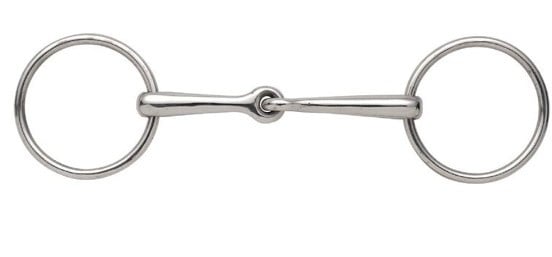
A D-ring bit means that the mouthpiece is attached to two D shaped rings on either side. The D ring is sometimes preferred because it is quieter in the mouth and less likely to pinch since the mouthpiece is more fixed and the rings cant slide. It also makes the bit less likely to pull out of the side of the horse's mouth.
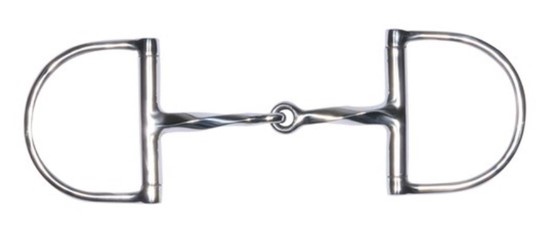
An Eggbutt bit is very similar to the D-ring but the rings are more oval shaped. It is similar in that there is less likelihood of pinching since the mouthpiece is fixed and the rings cannot move. It is considered a gentler bit.
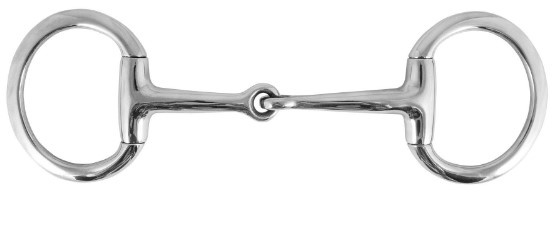
A full cheek bit has bars coming off of the rings to prevent the bit from pulling through the horse's mouth. The mouthpiece is fixed in place similar to an Eggbutt or D-ring.
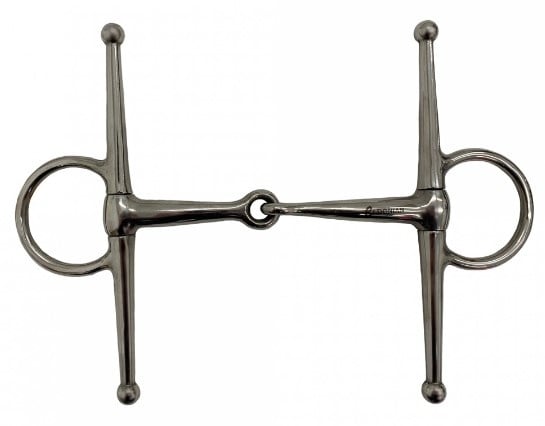
A hanging cheek or baucher bit is a gentle curb bit, that has two different rings so that the reins connect lower than the cheek pieces. This type of bit can put extra pole pressure on the horse since it has more leverage.
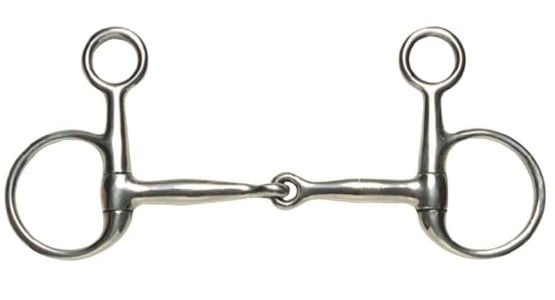
A gag or elevator bit will have multiple rings that comprise the shanks of the bit. The reins can be hooked on different levels of rings to change and increase the leverage of the bit.

A Tom Thumb is a type of leverage bit. It has long shanks and a jointed mouthpiece. It is a pretty harsh bit since the shanks cause the nutcracker effect to happen quickly with more pressure.

A kimberwick is a type of curb bit with D rings, making it less harsh because the shanks are not long, and a curb chain.

A Weymouth is a type of bit that is meant to be used in conjunction with a bradoon bit and a curb rein.
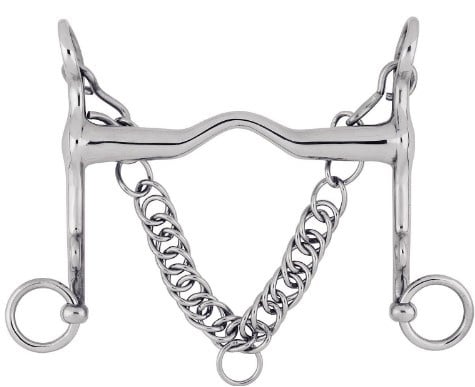
A Pelham bit has shanks on each end and a curb chain. The mouthpiece can be jointed, straight or have a port. The shanks provide greater leverage to put more pressure on the horse's mouth.

What the different mouth pieces do:
A common misconception of bits is that the thicker or heavier they are the harsher they will be, which is actually the opposite. The thinner a bit is the less it spreads out the pressure across the horse's mouth and the more harsh it is. The less breaks there are in the bit, also makes the bit more harsh since it is putting pressure in one specific location instead of multiple locations. When you pull on the bit the breaks have a nutcracker effect on the horse’s tongue and into the roof of their mouth.
A Mullen mouth bit is a straight bar that can be made of metal, rubber or leather. These are considered a kinder bit because there is no pinching in the mouth.

A port bit is similar to a mullen but the bit will have a curve in the middle of it, which reduces the pressure on the horse's tongue and prevents them from being able to use their tongue to lessen the effect of the bit.

A single jointed bit is one of the most common types of bit. They are made of two bars joined in the middle. These can be harsh because they create a nutcracker effect in the horse's mouth that can pinch the horse.

A double jointed bit has two bars that are joined to a centerpiece that can be a link, port, roller, or a variety of other shapes. The nutcracker effect that’s often experienced with a single-jointed mouthpiece is minimized.

- If the piece in the middle of the bit is a flat peanut shape, this is called a french link.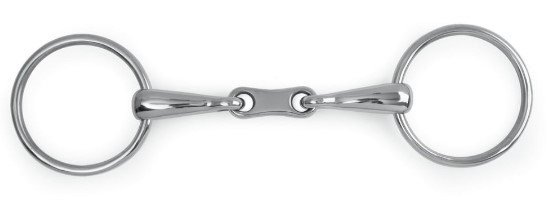
- A Dr. Bristol has a longer and flatter middle piece at a slight angle, which puts more pressure on the horse's tongue, making it harsher.
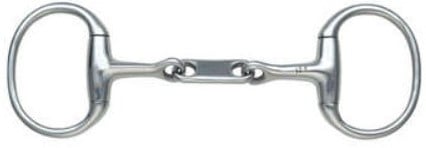
- An oval mouthpiece is a thicker and rounder lozenge piece in the middle of the bit.
- A roller is a movable piece that horses can play with, which helps them salivate more and can keep them calmer.
- A copper link is also used to increase salivation.
A Waterford bit has 5-9 links in it and is very flexible which prevents the horse from leaning on the bit. It looks harsh but is actually pretty gentle since there are so many breaks and they are generally thick links.

A twisted wire bit has twists across the mouthpiece which are extremely harsh on the horse's mouth. They can have less or more twists, making it less or more severe and can have a single joint or a mullen mouth. An even harsher version of this bit has two mouth pieces with offset breaks.

This is just a very basic overview of bits, but we hope it helps! As mentioned before if you are in the market for a new bit, we highly recommend that you work with a trainer. Our staff can help with the basics though if you need more information :)!!
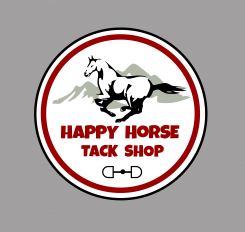
Comments
Be the first to comment...